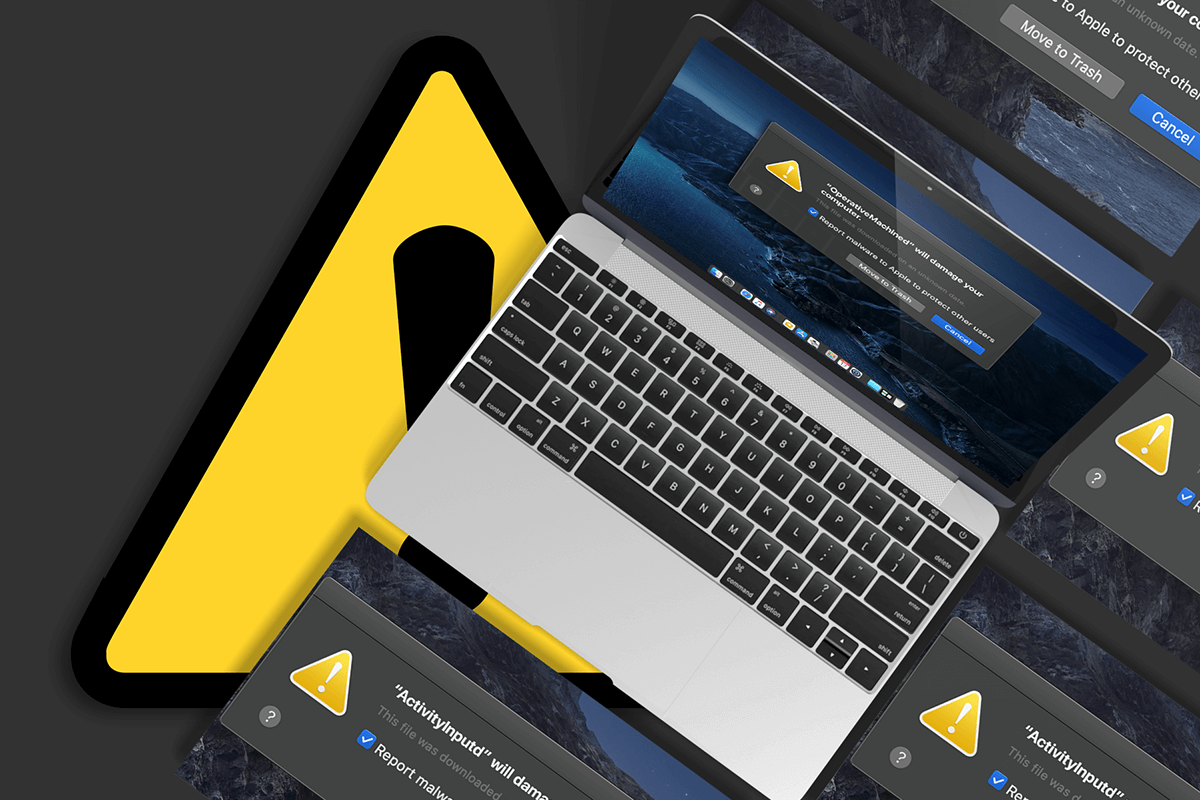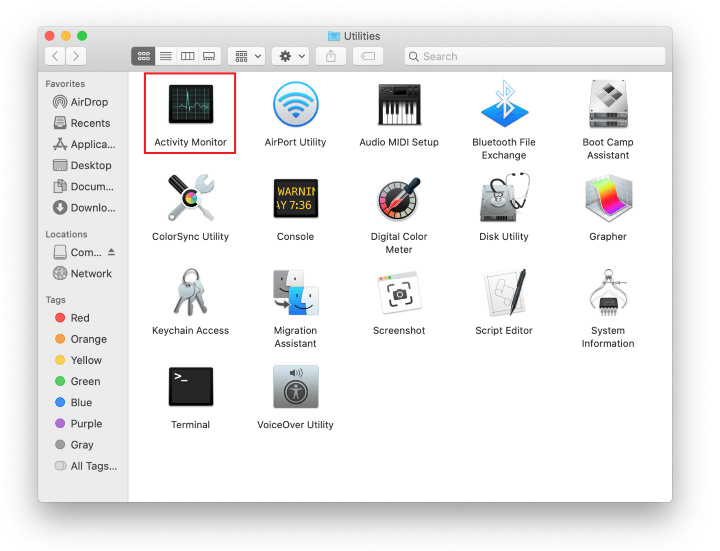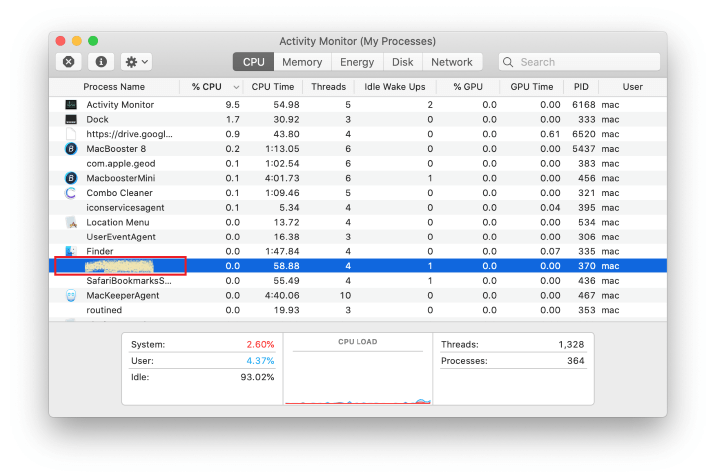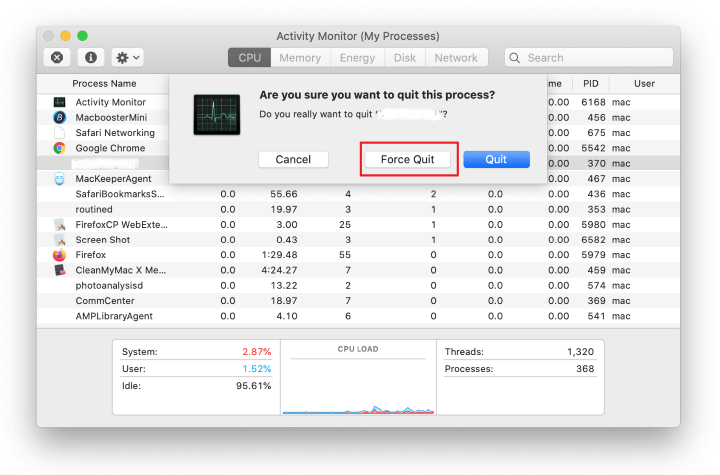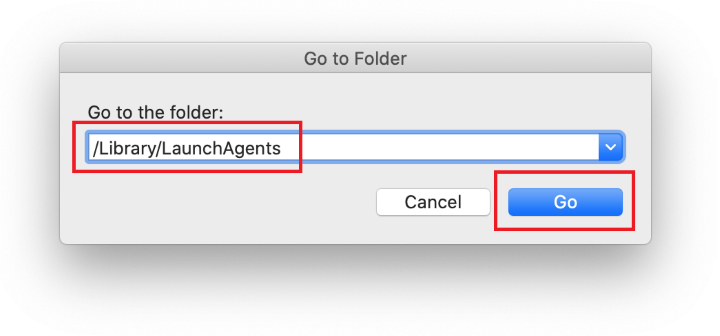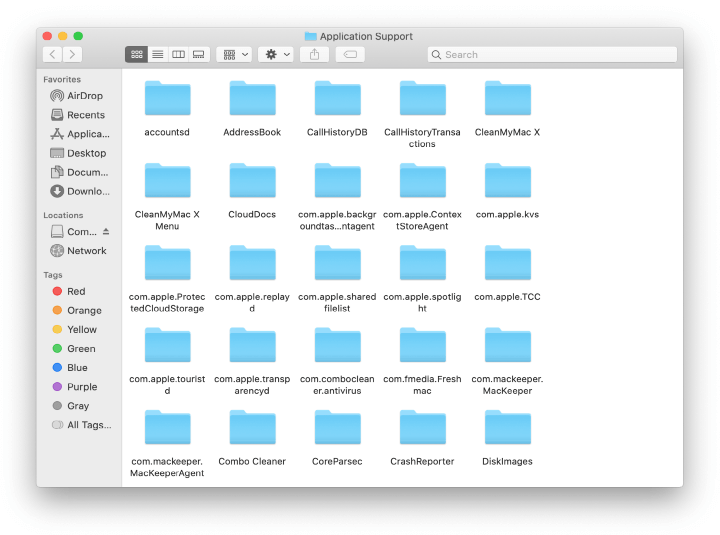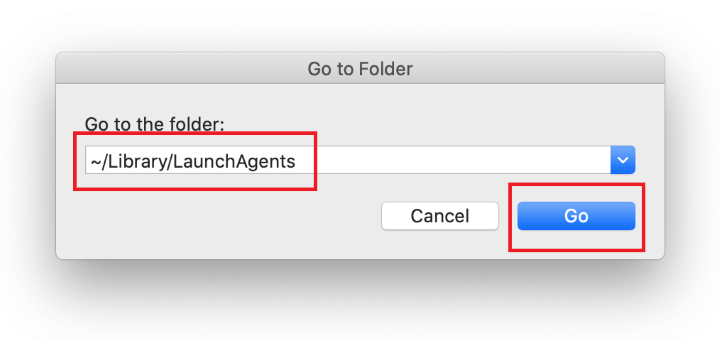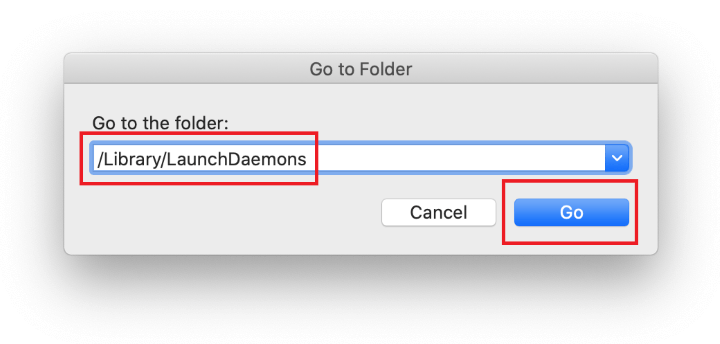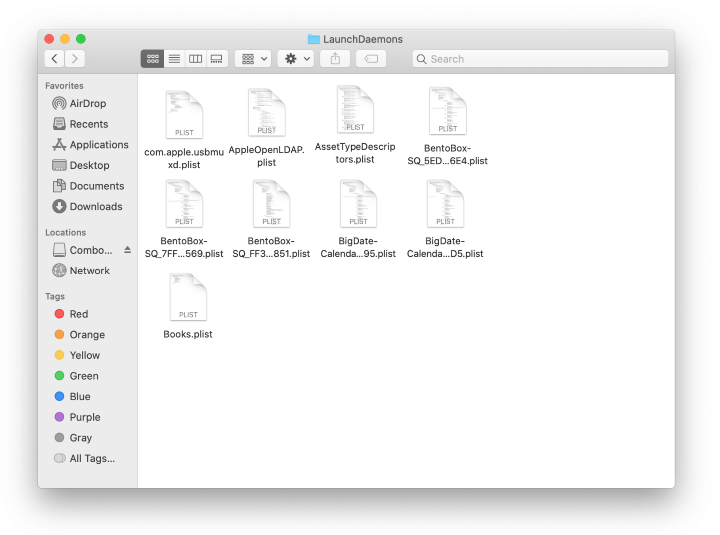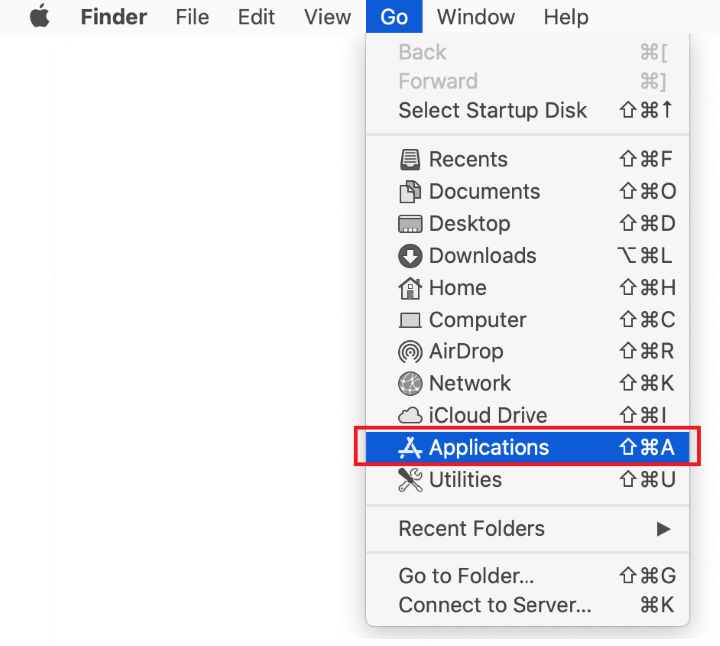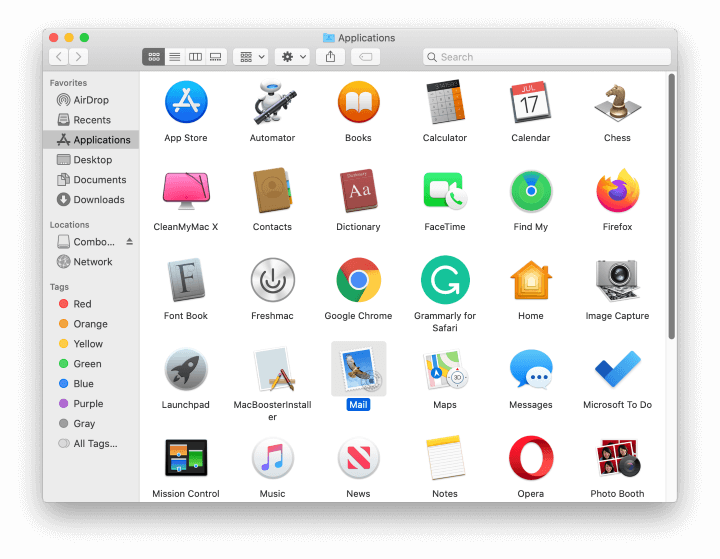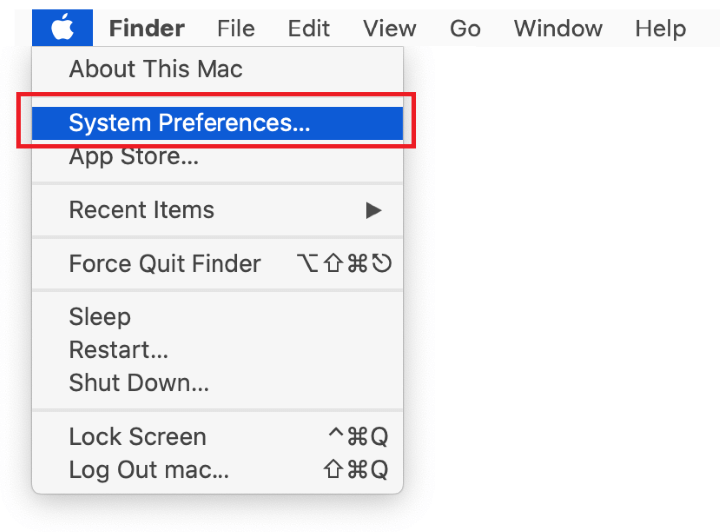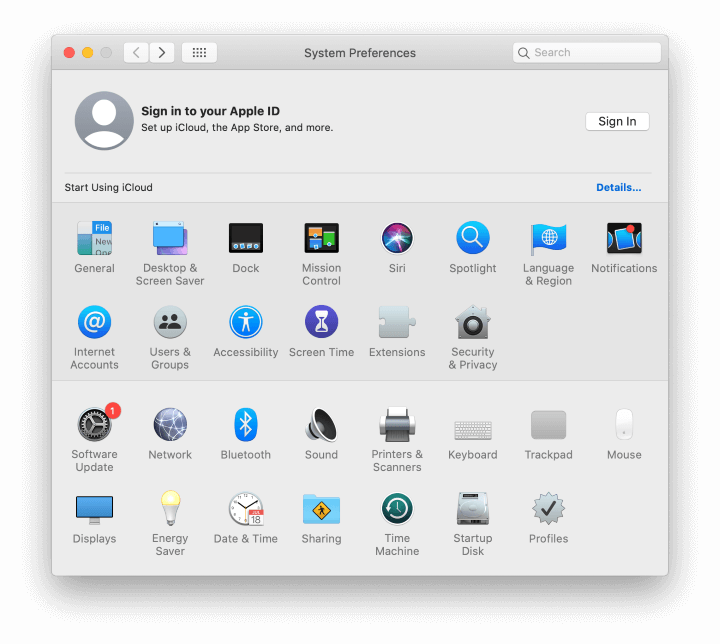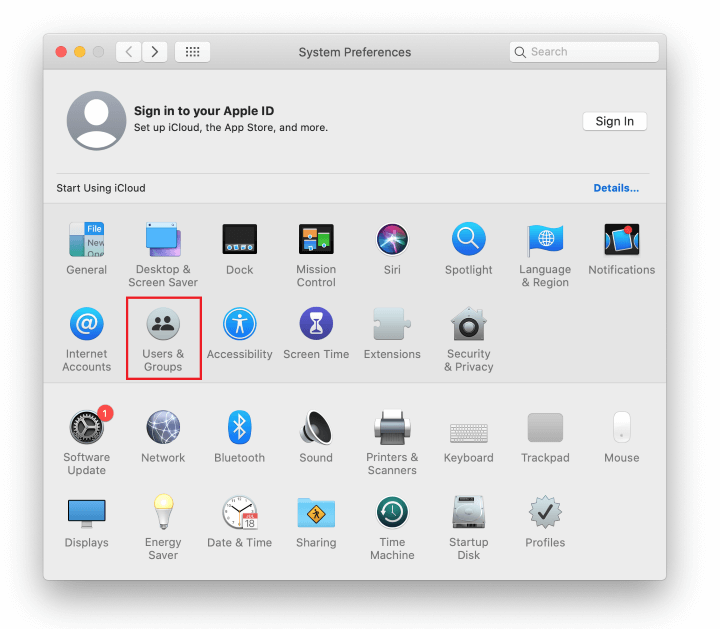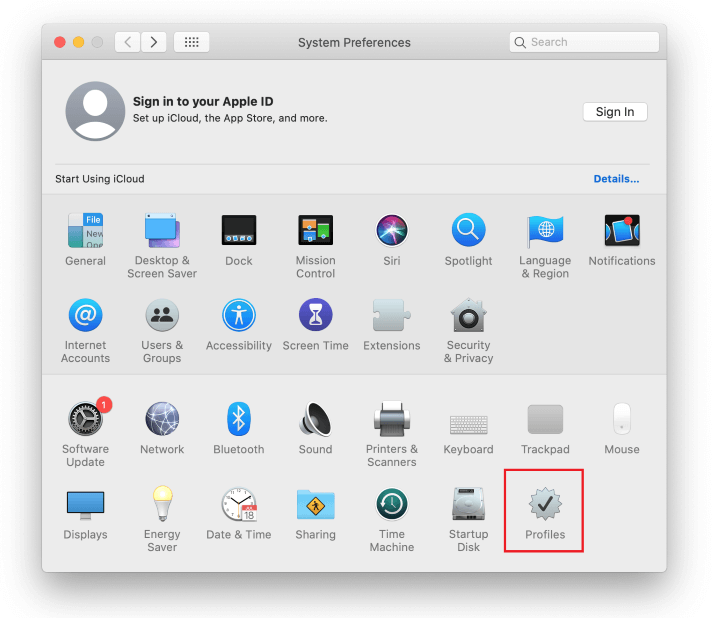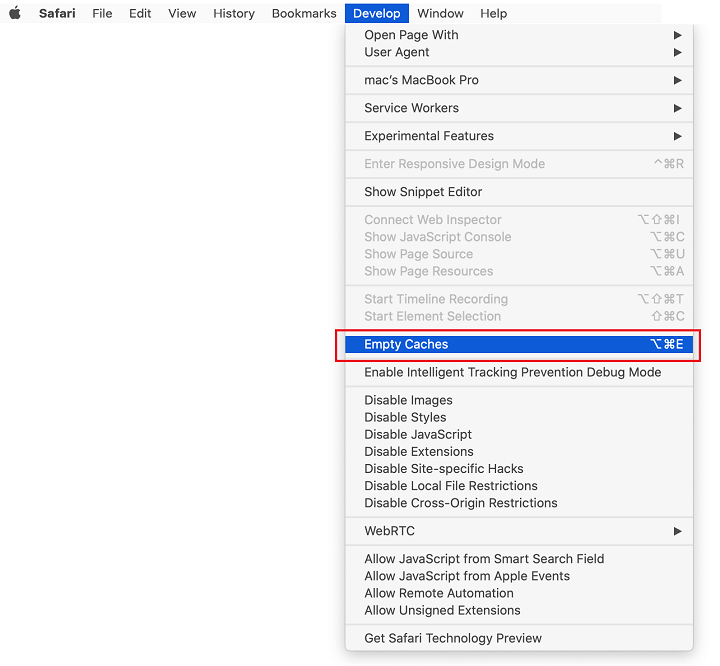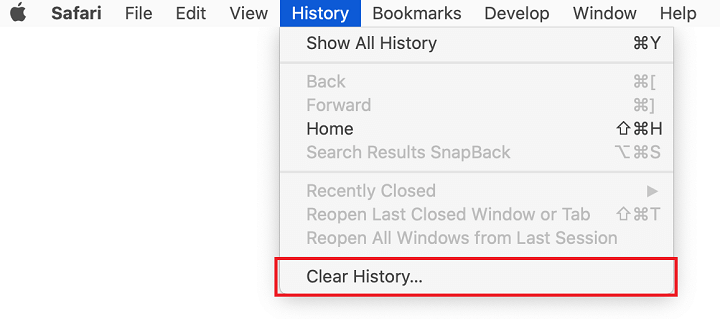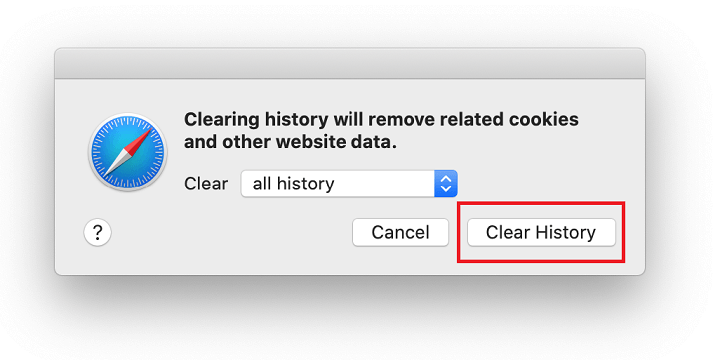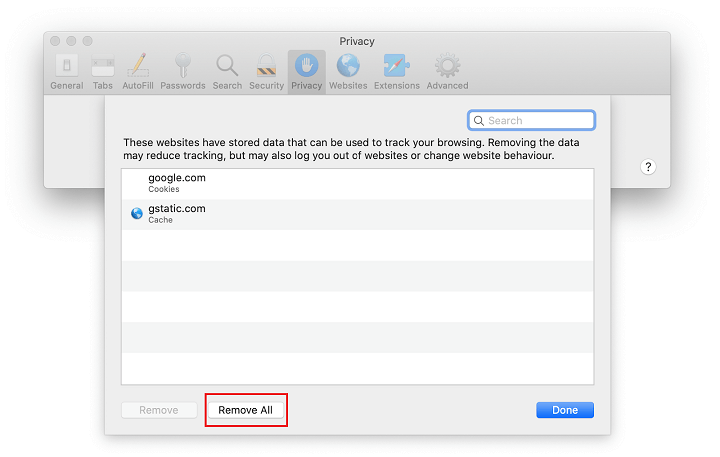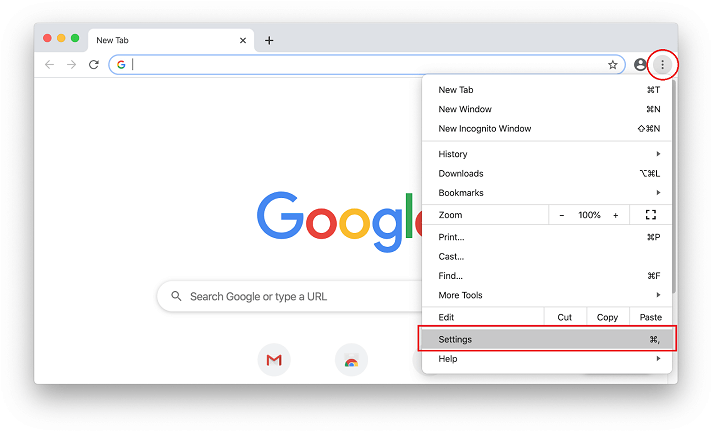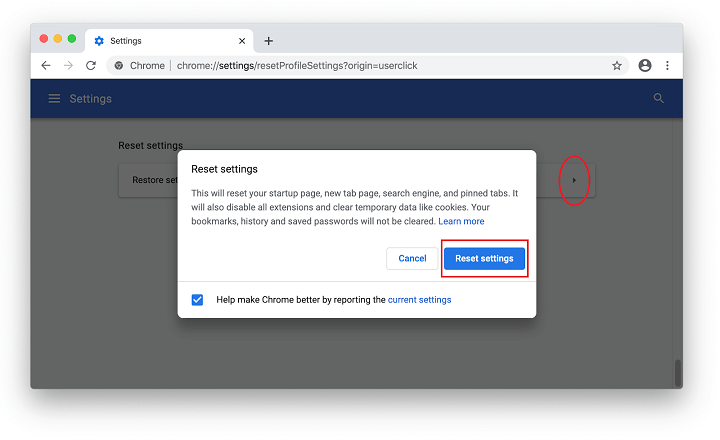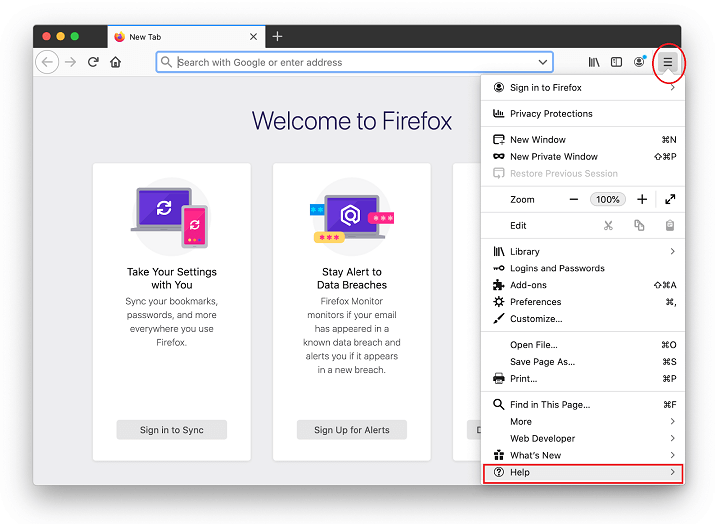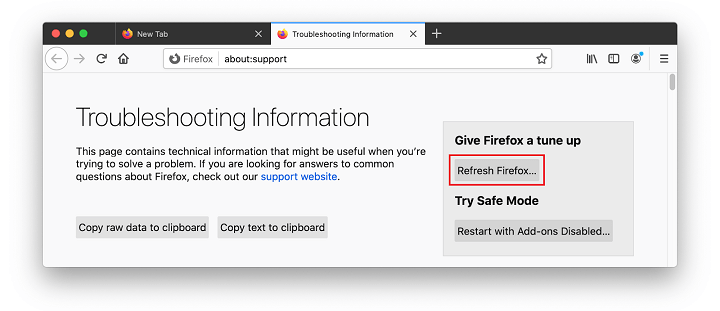This article explains how to stop a rush of Mac alerts warning users of ActivityInputd, OperativeMachined, or SkilledObjectd malware hazard.
| Threat Profile | |
|---|---|
| Name | ActivityInputd / OperativeMachined / SkilledObjectd Mac virus |
| Category | Mac pop-up virus, Mac adware |
| Symptoms | Causes pop-up alerts on Mac saying “ActivityInputd will damage your computer”, “OperativeMachined will damage your computer”, “SkilledObjectd will damage your computer” |
| Aliases | ActivityInputd, AnalyzerWindowd, CleanParameterd, ConfigTyped, DominantPartitiond, ElementaryTyped, ExtendedSprintd, HPDeviceMonitoring.framework, hpdm.framework, HP Scanner, HP Utility, InitialProgramd, InitialSkilld, LauncherSetup, ManagerAnalogd, OperativeMachined, OriginalModuled, ProtocolPort, ProtocolStatus, Receiver Helper, RecordMapperd, SkilledObjectd, StandardBoostd, StandartProductd, TrustedAnalogd, Unithandlerd |
| Distribution Techniques | Rogue app installers (e.g. Adobe Flash Player bundle) |
| Severity Level | Medium |
| Damage | Unwanted changes of browser preferences, privacy issues due to Internet activity tracking, system slowdown, Internet connection disruption |
| Removal | Scan your Mac with Combo Cleaner to detect all files related to the browser hijacker. Use the tool to remove the infection if found. |
Those familiar with the basics of macOS defenses against shadowy code probably know what Gatekeeper is and how app notarization works in this digital territory. These are adjacent security concepts that work in tandem to block all known forms of malware and programs from unverified publishers. When the system detects a suspicious item that falls into either category, it prevents it from being executed and gives the user a heads-up on the potentially dangerous event. In an ideal world, this logic stops harmful activity in its tracks.
However, a recent snafu involving “… will damage your computer” Mac pop-ups makes lots of users question the efficiency of these ostensibly well-thought-out protection mechanisms. The omitted part of the above alert’s wording denotes a specific app or process name that the Gatekeeper feature has caught red-handed on a Mac. A few examples are ActivityInputd, OperativeMachined, and SkilledObjectd. It’s noteworthy that computers running macOS Big Sur and Catalina are exhibiting this behavior the most as of March 2021.
While it appears comforting that Apple has cranked up the sensitivity of its malware radar, there is a flip side. These alerts are extremely annoying, as they splash up non-stop and provide no clear roadmap on how to get rid of the threat. Let’s go over several most-reported scenarios and figure out how to uninstall the culprits, which is a gap Apple has yet to bridge.
“ActivityInputd will damage your computer” Mac pop-up
When this alert starts running amok around a Mac, it should be interpreted as a red flag signaling the presence of a malicious app called ActivityInput. This sample represents an adware cesspool called AdLoad, also referred to as Bundlore, that may spew out a handful of nuisance programs in a single week. All of them are carbon copies of each other, except the weird names their authors keep switching up ingeniously. The icon design and the activity patterns are otherwise a full match.

ActivityInputd, the entity mentioned in the alert, contains an extra “d” in the end. The difference is that it is a process name used by the adware in question. When it is trying to run on a Mac, the system instantly spots an intruder and shows the above notification. Since the underlying code configures the computer to launch its binary iteratively, the Gatekeeper alerts reflect this wicked regularity and won’t stop interrupting whatever the victim is doing on their Mac.
“OperativeMachined will damage your computer” alert on Mac
The whys and wherefores of this dialog popping up are, basically, the same as in the case of ActivityInputd. It appears recurrently because macOS is red-lighting the execution of a core process used by OperativeMachine, another offshoot of the AdLoad adware lineage. The pest most likely slithered its way into the computer with a bundle of several freeware apps downloaded off of a dubious software marketplace. Because the installer’s default mode only lists a widely known product on its screens, the user is clueless that they are about to fall victim to adware.

As soon as the OperativeMachined payload is dropped into the Mac, it establishes persistence by creating a number of entries in the LaunchAgents and LaunchDaemons folders. To top it off, the baddie may use the command line to quietly install a rogue device profile that will manage all the key preferences in Google Chrome, Safari, and Mozilla Firefox. These include the preferred search engine, homepage, and new tab settings. The purpose is to redirect the victim’s browser to sketchy sites that constitute complex traffic monetization plots.
“SkilledObjectd will damage your computer” Mac warning
SkilledObject is a replica of the above two strains. It may have remained in a dormant state inside a Mac until Apple pulled some switch in February 2021 to let all infected users know they are at risk. As a result, numerous Mac owners are experiencing incredibly intrusive dialogs blaming the peril on the SkilledObjectd process. The alert may include a teasing “Move to Trash” button that does just about nothing when clicked.

In many cases, the pop-up gives the user an option to view the unwanted item in Finder. Of course, this won’t remove the predatory app, but it could be a shortcut to spotting and deleting its files. Until this happens, though, the adverse effect is two-pronged. Firstly, adware will continue to control the browsing defaults and will thus forward the user to junk sites and search engine copycats. Secondly, the “SkilledObjectd will damage your computer” will keep appearing.
As commendable as it is, Apple’s initiative is half-baked. The good part is that the Gatekeeper is doing its thing properly. It’s detecting bad code more accurately than before. The caveat is that macOS provides no proper guidance on how to sort out this nontrivial predicament. Under the circumstances, the victims are bound to do their homework looking for a fix. It’s clear that the only way to get rid of the annoying alerts is to address the root cause by removing the adware. This is exactly what the part below is about.
“ActivityInputd / OperativeMachined / SkilledObjectd will damage your computer” virus pop-up removal for Mac
The steps listed below will walk you through the removal of this malicious application. Be sure to follow the instructions in the specified order.
- Expand the Go menu in your Mac’s Finder bar and select Utilities as shown below.

- Locate the Activity Monitor icon on the Utilities screen and double-click on it.

- In the Activity Monitor app, look for ActivityInputd, OperativeMachined, SkilledObjectd, or another process that appears suspicious. To narrow down your search, focus on unfamiliar resource-intensive entries on the list. Keep in mind that its name isn’t necessarily related to the way the threat is manifesting itself, so you’ll need to trust your own judgement. If you pinpoint the culprit, select it and click on the Stop icon in the upper left-hand corner of the screen.

- When a follow-up dialog pops up asking if you are sure you want to quit the troublemaking process, select the Force Quit option.

- Click on the Go menu icon in the Finder again and select Go to Folder. You can as well use the Command-Shift-G keyboard shortcut.

- Type /Library/LaunchAgents in the folder search dialog and click on the Go button.

- Examine the contents of the LaunchAgents folder for dubious-looking items. Be advised that the names of files spawned by malware may give no clear clues that they are malicious, so you should look for recently added entities that appear to deviate from the norm.
As an illustration, here are several examples of LaunchAgents related to mainstream Mac infections: com.pcv.hlpramc.plist, com.updater.mcy.plist, com.avickUpd.plist, and com.msp.agent.plist. If you spot files that don’t belong on the list, go ahead and drag them to the Trash.

- Use the Go to Folder lookup feature again to navigate to the folder named ~/Library/Application Support (note the tilde symbol prepended to the path).

- When the Application Support directory is opened, identify recently generated suspicious folders in it and send them to the Trash. A quick tip is to look for items whose names have nothing to do with Apple products or apps you knowingly installed. A few examples of known-malicious folder names are com.ActivityInput.service.app, com.OperativeMachine.service.app and com.SkilledObject.service.app.

- Enter ~/Library/LaunchAgents string (don’t forget to include the tilde character) in the Go to Folder search area.

- The system will display LaunchAgents residing in the current user’s Home directory. Look for com.ActivityInput.service.plist, com.OperativeMachine.service.plist, com.SkilledObject.service.plist, and other dodgy items related to the virus (see logic highlighted in subsections above) and drag the suspects to the Trash.

- Type /Library/LaunchDaemons in the Go to Folder search field.

- In the LaunchDaemons path, try to pinpoint the files the malware is using for persistence. Several examples of such items cropped by Mac infections are com.ActivityInput.system.plist, com.OperativeMachine.system.plist, com.SkilledObject.system.plist. Delete the sketchy files immediately.

- Click on the Go menu icon in your Mac’s Finder and select Applications on the list.

- Find the entry for ActivityInput, OperativeMachine, SkilledObject, or another app that clearly doesn’t belong there and move it to the Trash. If this action requires your admin password for confirmation, go ahead and enter it.

- Expand the Apple menu and select System Preferences.


- Proceed to Users & Groups and click on the Login Items tab.
The system will display the list of items launched when the computer is starting up. Locate the potentially unwanted app there and click on the “-” (minus) button.

- Now select Profiles under System Preferences. Look for a malicious item in the left-hand sidebar. Several examples of configuration profiles created by Mac adware include TechSignalSearch, MainSearchPlatform, AdminPrefs, and Chrome Settings. Select the offending entity and click on the minus sign at the bottom to eliminate it.

If your Mac has been infiltrated by adware, the infection will most likely continue to hold sway over your default web browser even after you remove the underlying application along with its components sprinkled around the system. Use the browser cleanup instructions below to address the remaining consequences of this attack.
Get rid of ActivityInputd / OperativeMachined / SkilledObjectd virus in web browser on Mac
To begin with, the web browser settings taken over by this virus should be restored to their default values. Although this will clear most of your customizations, web surfing history, and all temporary data stored by websites, the malicious interference should be terminated likewise. The overview of the steps for completing this procedure is as follows:
- Remove ActivityInputd, OperativeMachined, SkilledObjectd virus from Safari
- Open the browser and go to Safari menu. Select Preferences in the drop-down list.

- Once the Preferences screen appears, click on the Advanced tab and enable the option saying “Show Develop menu in menu bar”.

- Now that the Develop entry has been added to the Safari menu, expand it and click on Empty Caches.

- Now select History in the Safari menu and click on Clear History in the drop-down list.

- Safari will display a dialog asking you to specify the period of time this action will apply to. Select all history to ensure a maximum effect. Click on the Clear History button to confirm and exit.

- Go back to the Safari Preferences and hit the Privacy tab at the top. Find the option that says Manage Website Data and click on it.

- The browser will display a follow-up screen listing the websites that have stored data about your Internet activities. This dialog additionally includes a brief description of what the removal does: you may be logged out of some services and encounter other changes of website behavior after the procedure. If you’re okay with that, go ahead and click on the Remove All button.

- Restart Safari
- Open the browser and go to Safari menu. Select Preferences in the drop-down list.
- Remove ActivityInputd, OperativeMachined, SkilledObjectd malware in Google Chrome
- Open Chrome, click the Customize and control Google Chrome (⁝) icon in the top right-hand part of the window, and select Settings in the drop-down

- When on the Settings pane, select Advanced
- Scroll down to the Reset settings section.

- Confirm the Chrome reset on a dialog that will pop up. When the procedure is completed, relaunch the browser and check it for malware activity.

- Open Chrome, click the Customize and control Google Chrome (⁝) icon in the top right-hand part of the window, and select Settings in the drop-down
- Remove ActivityInputd, OperativeMachined, SkilledObjectd from Mozilla Firefox
- Open Firefox and go to Help – Troubleshooting Information (or type about:support in the URL bar and press Enter).


- When on the Troubleshooting Information screen, click on the Refresh Firefox button.

- Confirm the intended changes and restart Firefox.
- Open Firefox and go to Help – Troubleshooting Information (or type about:support in the URL bar and press Enter).
Use automatic tool to remove “ActivityInputd / OperativeMachined / SkilledObjectd will damage your computer” alert virus from your Mac
The Mac maintenance and security app called Combo Cleaner is a one-stop tool to detect and remove ActivityInputd / OperativeMachined / SkilledObjectd virus. This technique has substantial benefits over manual cleanup, because the utility gets hourly virus definition updates and can accurately spot even the newest Mac infections.
Furthermore, the automatic solution will find the core files of the malware deep down the system structure, which might otherwise be a challenge to locate. Here’s a walkthrough to sort out the ActivityInputd / OperativeMachined / SkilledObjectd issue using Combo Cleaner:
- Download Combo Cleaner installer. When done, double-click the combocleaner.dmg file and follow the prompts to install the tool onto your Mac.
By downloading any applications recommended on this website you agree to our Terms and Conditions and Privacy Policy. The free scanner checks whether your Mac is infected. To get rid of malware, you need to purchase the Premium version of Combo Cleaner.
- Open the app from your Launchpad and let it run an update of the malware signature database to make sure it can identify the latest threats.
- Click the Start Combo Scan button to check your Mac for malicious activity as well as performance issues.

- Examine the scan results. If the report says “No Threats”, then you are on the right track with the manual cleaning and can safely proceed to tidy up the web browser that may continue to act up due to the after-effects of the malware attack (see instructions above).

- In case Combo Cleaner has detected malicious code, click the Remove Selected Items button and have the utility remove ActivityInputd / OperativeMachined / SkilledObjectd threat along with any other viruses, PUPs (potentially unwanted programs), or junk files that don’t belong on your Mac.

- Once you have made doubly sure that the malicious app is uninstalled, the browser-level troubleshooting might still be on your to-do list. If your preferred browser is affected, resort to the previous section of this tutorial to revert to hassle-free web surfing.
